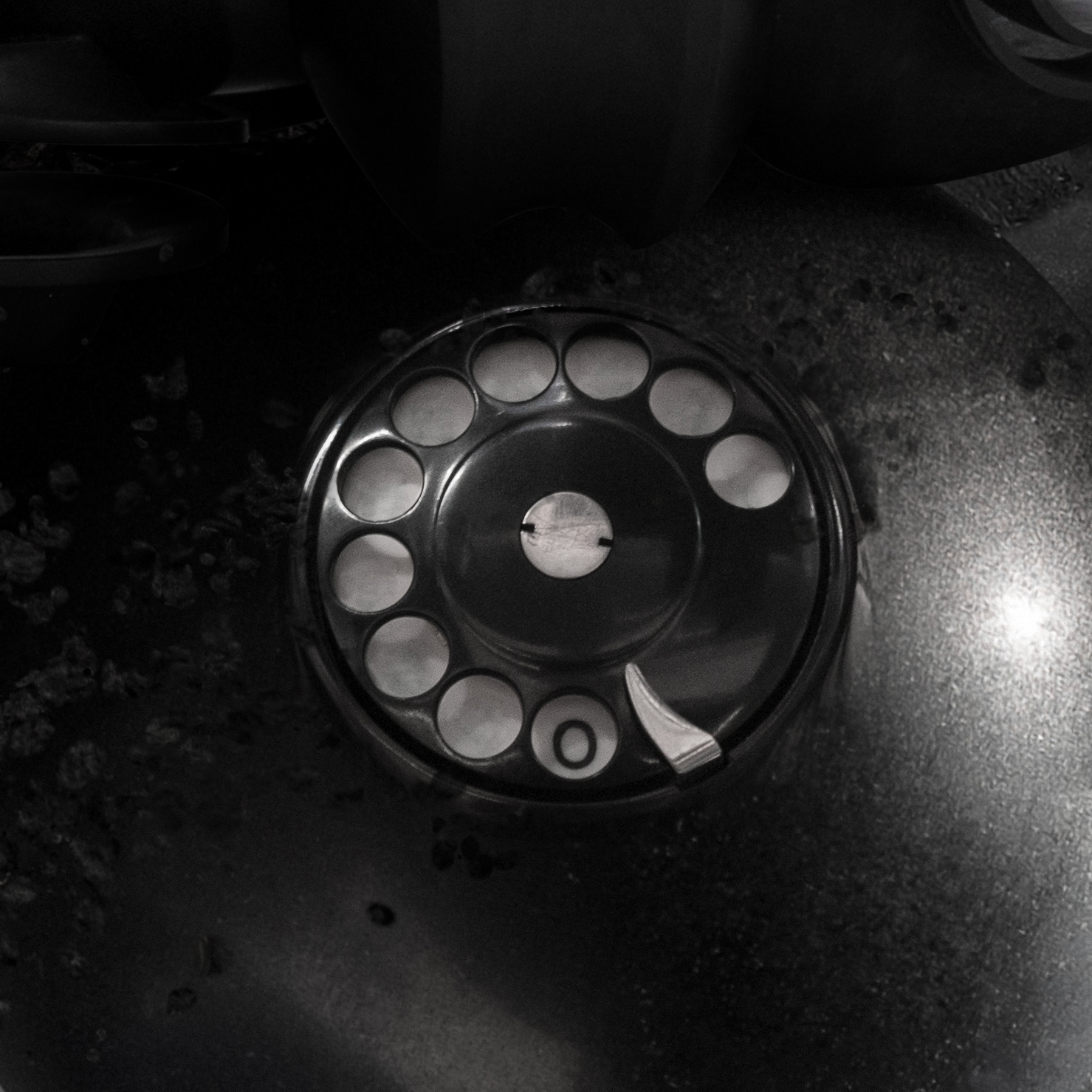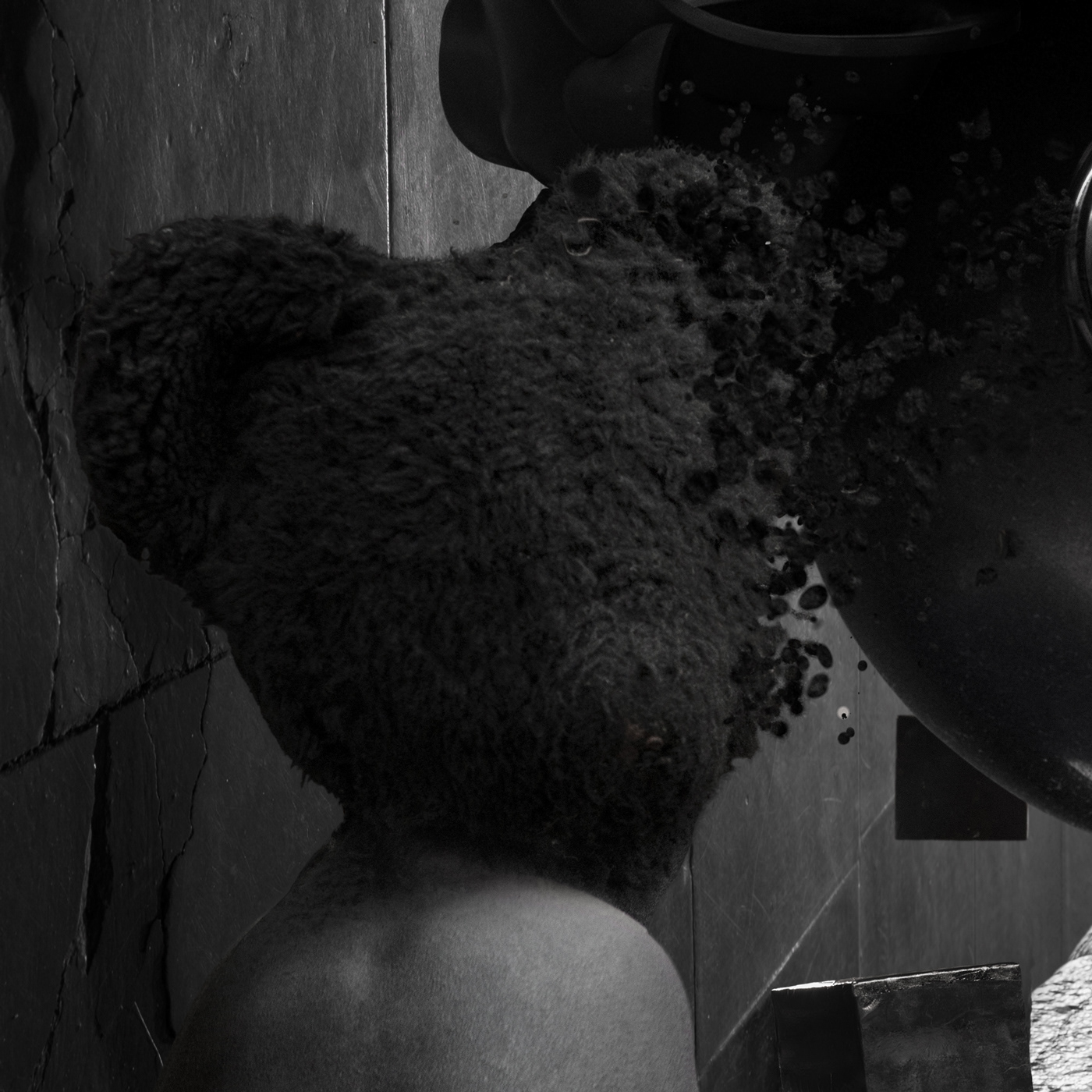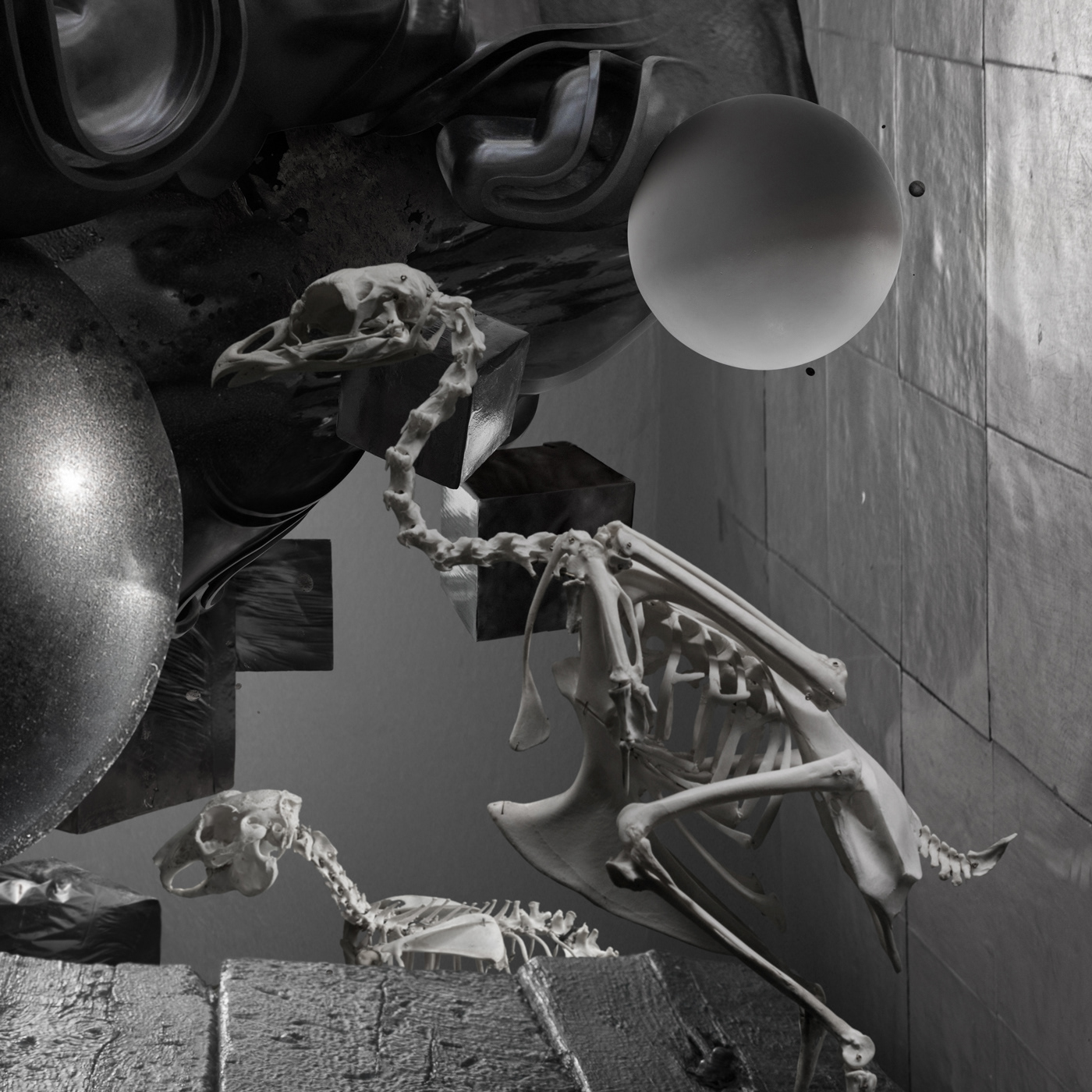Digital photography. Limited edition prints size 160 х 103 сm, 96 х 62 сm
Perhaps very soon, observing our own sensations, thoughts and feelings will allow us to separate our consciousness from its contents for the first time. In the bliss of its purity, we will be able to see clearly all the traumatic experiences of our lives and the lives of those who have passed down their genes to us from generation to generation. In an effort to return to the original zero state, we will clear every room of our house, get to its foundation and even what lies beneath it. But our first step will be to believe that we are spiritual beings and not the product of electrochemical reactions in our nervous system. The brain is more like an aerial or an interface connecting two worlds. Consciousness is not generated by matter - this is the most limiting paradigm for which we pay with our freedom.





